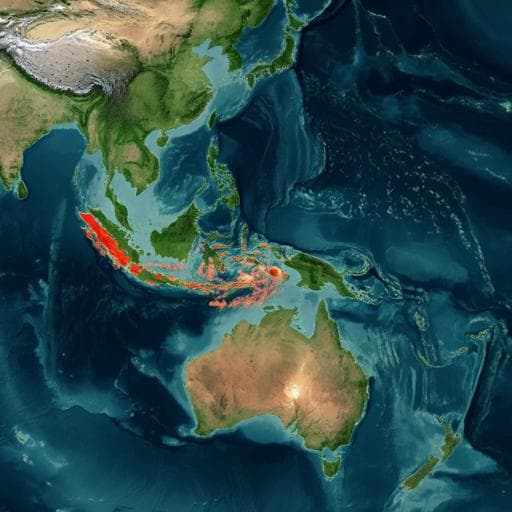
Earth Sciences
Role of the Maritime Continent in the remote influence of Atlantic Niño on the Pacific
S. Liu, P. Chang, et al.
Explore how the Atlantic Niño influences the Pacific and sparks a La Niña-like response by uncovering the role of atmospheric waves and the Maritime Continent's geography. This groundbreaking research by Siying Liu, Ping Chang, Xiuquan Wan, Stephen G. Yeager, and Ingo Richter reveals critical interactions vital for accurate climate simulations.
~3 min • Beginner • English
Related Publications
Explore these studies to deepen your understanding of the subject.







